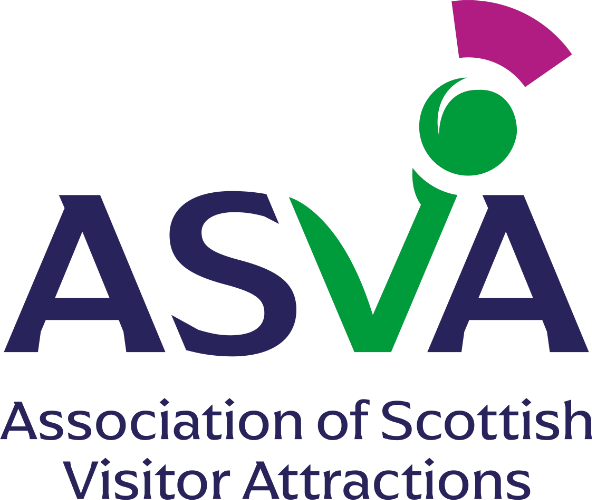As many had been anticipating, the First Minister, Nicola Sturgeon, confirmed to the Scottish Parliament yesterday, 22 June, that there will be no further easing of Protection Level restrictions across Scotland for the time-being – with the move to Level 0 being delayed for at least three weeks to allow more time for the vaccine programme roll-out.
Current restrictions had been scheduled to be eased on 28 June, however they will remain in place until 19 July at the earliest. In her statement, Ms Sturgeon also announced, and provided details on, the publication of two important documents – the updated Strategic Framework for tackling COVID-19 in Scotland, and the Review Paper on Physical Distancing restrictions.
ASVA members should note the following significant changes due to come into place from 19 July, providing the data allows, are:
- Indoor physical distancing requirements – including those at visitor attractions – will be reduced from 2 metres to I metre. This is extremely welcome news for our sector; as members will be all too aware, the impact of 2-metre distancing has been very detrimental to attractions as this restriction prohibits so many sites from operating viably, and ASVA has been lobbying robustly for change on this issue.
- Outdoor physical distancing requirements will be removed completely. There will, therefore, be no requirement to operate with any physical distancing restrictions in any outdoor visitor attraction setting.
- There will be no limits on the number of people who can socialise informally outside
- Indoor restrictions on social gatherings in a public place will move from 8 people from 3 households to 10 people from 4 households
In addition, Ms Sturgeon advised yesterday that, again providing the data allows, Scotland will move ‘beyond Level 0’ on 9 August – the hope is that the remaining rules can be lifted to allow life to return to close to pre-COVID normality. There will however still be some restrictions in place. Key points that attractions should note are:
- There will be no physical distancing requirements either in indoor or outdoor settings, so attractions will no longer need to ensure physical distancing within their venues.
- Face coverings will still be required in certain settings. This is likely to include indoor visitor attractions, but ASVA is now seeking clarity from the Scottish Government on this.
- Continued compliance with Test & Protect will be required. It is therefore likely that attractions will be required to continue to take contact details from visitors. Again, ASVA is seeking clarity from Scottish Government on this matter.
- Targeted international travel restrictions will remain in place. On this matter, the updated Strategic Framework sets out that international travel restrictions will be in place ‘only for as long as necessary to respond to the threat of importation’ and that these restrictions will be ‘reviewed regularly and relaxed when it is safe to do so’.
Summarising the implications of the details included in the First Minister’s announcement, ASVA CEO Gordon Morrison said: “It is disappointing, but not surprising, to hear that current restrictions will remain in place for another three weeks. This is very significant, as it means that restrictions which prevent many attractions from being able to trade at an economically viable level will still be in place in the summer. As a seasonal industry, this is likely to have major ramifications for the sector when we move into the winter months, as it will not have been possible for many businesses to have built up necessary funds to see them through the off season.
“It is, however, pleasing to see that we are finally seeing some movement on physical distancing. The relaxation of indoor restrictions to 1 metre on 19 July will make a significant difference to the viable operation at a number of attractions, so it’s very good news to see this being introduced. More encouraging still is that we now have clear direction of when and how we will see physical distancing restrictions removed across the board, which is essential for the sector’s recovery prospects.
“Whilst the news yesterday was generally positive, ongoing restrictions on international travel are going to continue to impact heavily on our sector. Many attractions are heavily reliant on international visitors, particularly those in traditional tourist ‘hotspot’ areas, so there will still be significant challenges for much of the sector until these restrictions are lifted.
“With the summer season being impacted by restrictions, it’s abundantly clear that there will be no full recovery possible for attractions in 2020. Recovery measures such as the planned introduction of the ‘Days Out’ incentivisation scheme, to encourage more domestic visitors to attractions in the off-season, will be very important to helping our sector recoup some of our losses in the main season. However, there’s no doubt that many will need additional support to make it through to next season. Our sector is the sector that will lead the full recovery of the tourism industry next year; it is therefore essential that our businesses are given the necessary support to help them make it through another difficult winter.’’
The First Minister’s full statement can be read here.
The Scottish Government’s updated Strategic Framework document published yesterday can be accessed at this link.
The Review of Physical Distancing paper published by The Scottish Government yesterday can be found here.
